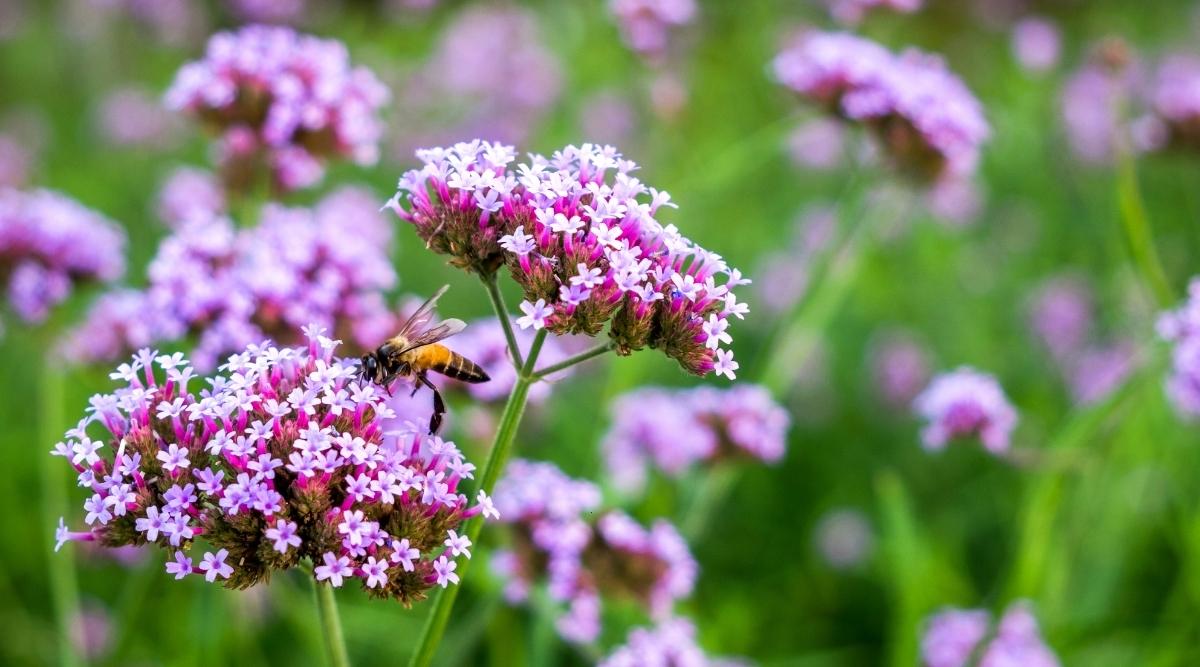sonakshisinha.net – The Common Vervain (Verbena officinalis) is a versatile and resilient plant that has been used for centuries in both traditional medicine and as an ornamental flower. Known for its striking appearance and therapeutic properties, this herb has earned its place in gardens, folklore, and herbal remedies around the world.
Description and Features
The Common Vervain is a perennial herb that typically grows up to 1 meter tall. It features long, slender stems adorned with jagged, lance-shaped leaves that are fragrant when crushed. The small, tubular flowers bloom in clusters at the top of the stems, displaying a range of colors, from pale purple and blue to pink or white. These delicate flowers often attract pollinators like bees, butterflies, and hummingbirds, making the vervain a valuable addition to any garden.
Habitat and Distribution
Native to Europe, Asia, and parts of North Africa, the Common Vervain thrives in a variety of habitats, including meadows, roadsides, and grassy fields. It prefers well-drained soil and sunny, open areas but is adaptable to different climates and soil types. Over time, the vervain plant has spread to many other regions, making it a common sight in temperate climates around the world.
Ecological Importance
As a pollinator-friendly plant, Common Vervain plays a vital role in local ecosystems. Its flowers attract various insects, contributing to the pollination of other nearby plants. Additionally, the vervain plant itself can be beneficial to a wide range of wildlife, from insects to small mammals, which utilize its foliage and flowers for food or shelter.
Medicinal and Therapeutic Uses
The Common Vervain has a long history of medicinal use and is known for its calming and soothing properties. In traditional herbal medicine, vervain has been used to treat a wide variety of conditions, including anxiety, insomnia, digestive issues, and headaches. The leaves, stems, and flowers are typically used to make teas, tinctures, and extracts, which are believed to offer relaxation and mild sedative effects.
Additionally, vervain is sometimes applied topically to treat minor wounds, skin irritations, and bruises, thanks to its anti-inflammatory and antiseptic qualities. Although more research is needed to fully understand its medicinal benefits, vervain continues to be popular in natural remedies and herbal treatments.
Cultural Significance and Folklore
Throughout history, Common Vervain has held a place in various cultures and belief systems. It was regarded as a sacred plant by ancient civilizations, particularly in Roman and Celtic traditions. Vervain was thought to possess protective and magical qualities, often used in rituals or as an offering to deities. In the medieval period, vervain was also believed to ward off evil spirits and promote peace and harmony.
Conclusion
The Common Vervain is more than just a beautiful flower; it is a hardy herb with deep historical roots and numerous benefits. From its role in supporting local ecosystems and pollinators to its medicinal uses and cultural significance, vervain continues to be a beloved plant in gardens and herbal medicine alike. Whether admired for its charm or utilized for its healing properties, the Common Vervain remains an enduring symbol of nature’s resilience and utility.
